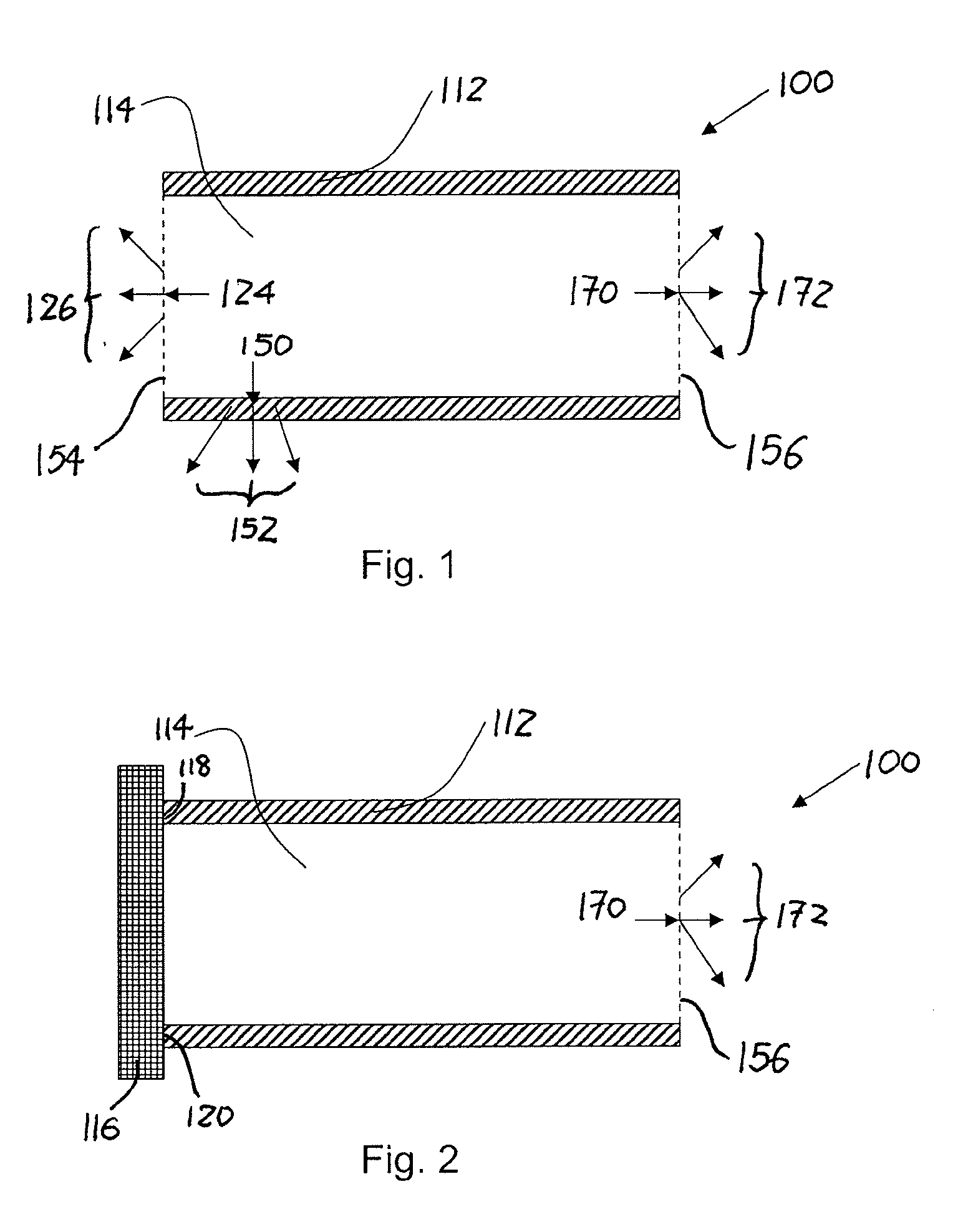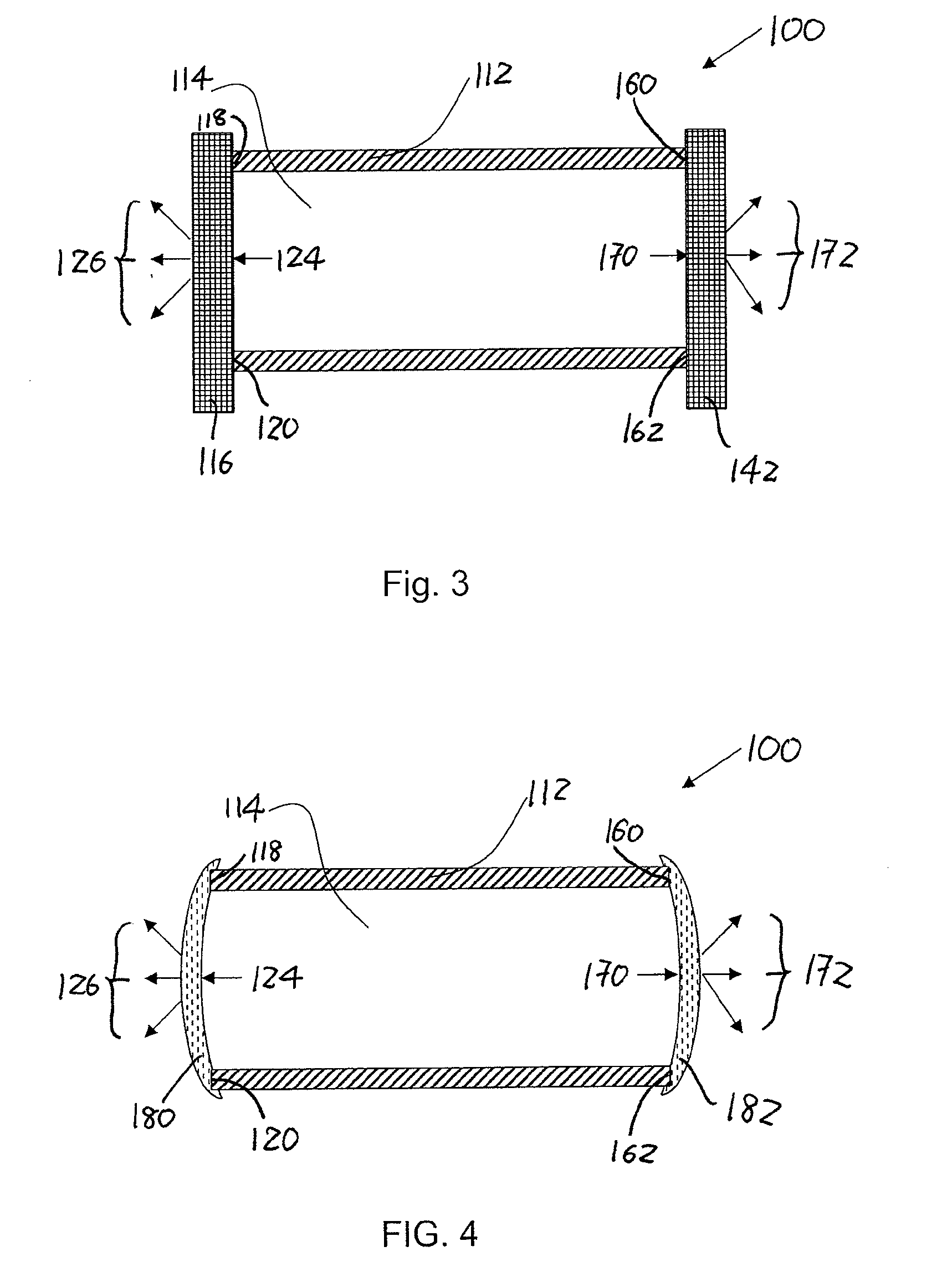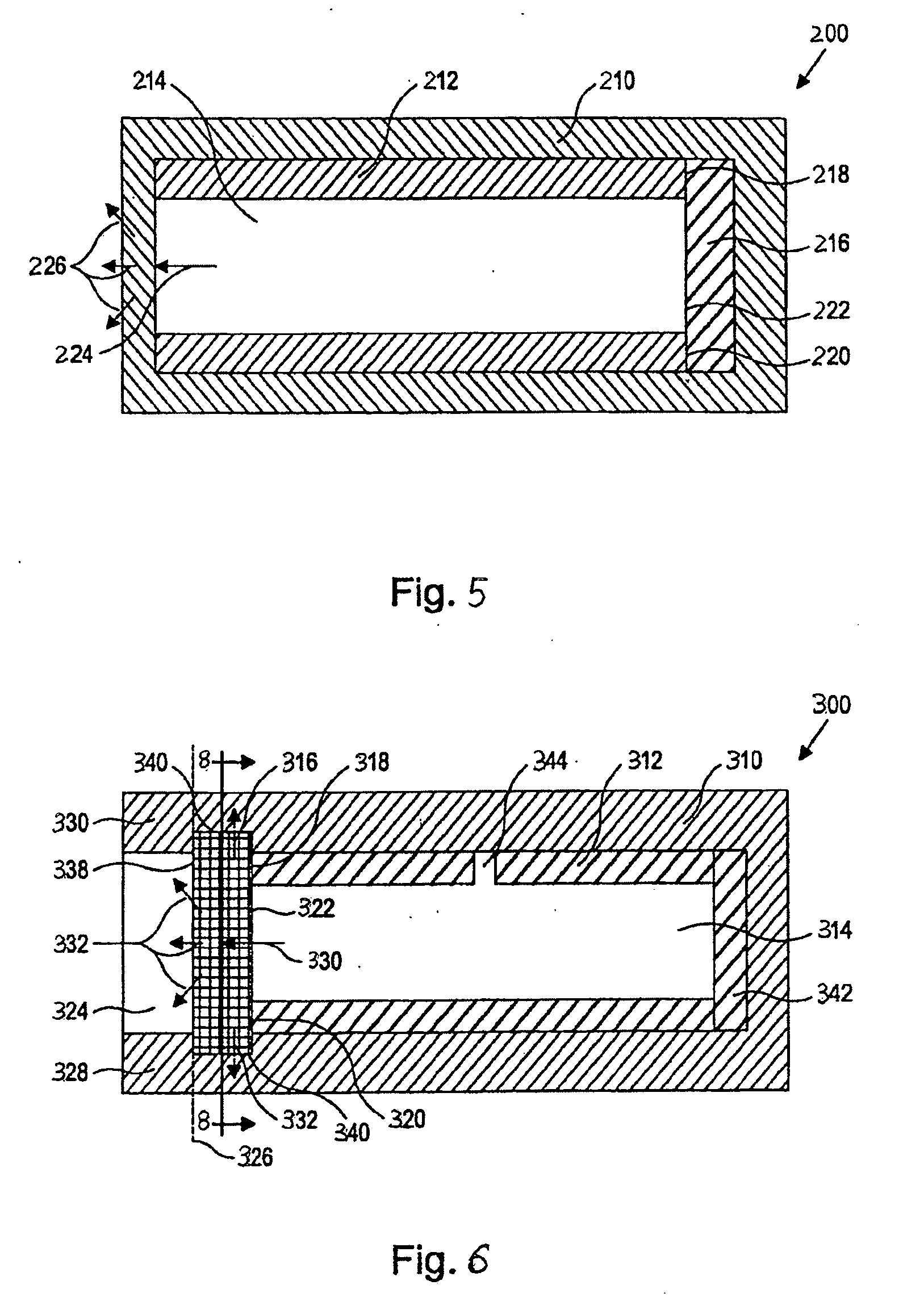Implantable formulations of bisphosphonic acids
a technology of bisphosphonic acid and implantable formulation, which is applied in the direction of phosphorous compound active ingredients, drug compositions, prostheses, etc., can solve the problems of low bone density in a large segment of the older population, limited efficacy of current therapy for treating metastatic bone disease, and high risk of fractures
- Summary
- Abstract
- Description
- Claims
- Application Information
AI Technical Summary
Benefits of technology
Problems solved by technology
Method used
Image
Examples
example 1
0.9 mm Bisphosphonate Implants
[0144]100 mg of magnesium zoledronate (9TC-26) and 70 μL of 10% PVA solution was mixed thoroughly and granulated. The granulation was air-dried overnight. The dried granules were ground to fine particles and blended with 200 μg of magnesium stearate. The blend was then compressed to rod shaped pellets (˜3 mg, 0.9 mm in diameter).
[0145]The pellets were inserted into precut 18G polyimide tubes, and the formed implants were divided into two groups: (A) 3 implants were both ends coated with 10% PVA solution, air dried. Coating was repeated one more time; (B) 6 implants were first sealed with silicone adhesive in one end and the other end was coated twice with 10% PVA solution.
[0146]After drying, all implants were placed in an oven and heated at 135° C. for 5 hours.
[0147]The release rate was tested by placing each implant in 1.0 mL of 0.1 M phosphate buffer (pH 7.4) in a 37° C. water bath. Samples were taken daily by replacing entire medium with fresh buffer...
example 2
2.0 mm Bisphosphonate Implants
[0148]150 mg of magnesium zoledronate (9TC-26) and 150 μL of 10% PVA solution was mixed thoroughly and granulated. The granulation was air-dried overnight. The dried granules were ground to fine particles and blended with 300 μg of magnesium stearate. The blend was then compressed to rod shaped pellets (˜20 mg, 2.0 mm in diameter).
[0149]The pellets were dip coated with 10% PVA solution, air dried overnight, and then inserted into precut silicone tubes. The implants were placed in oven and heated at 135° C. for 5 hours.
[0150]The release rate was tested by placing each implant in 5.0 mL of 0.1 M phosphate buffer (pH 7.4) in a 37° C. water-bath. Samples were taken daily by replacing entire medium with fresh buffer. Drug amount released was determined by HPLC. FIG. 11 shows the release profile (measured as μg / day) of the 2.0 mm implants.
example 3
Sustained Release of an Exemplary Low Solubility Agent
[0151]An exemplary lipophilic / low-solubility agent, spironolactone, was used to examine the sustained release of a lipophilic / low-solubility agent when introduced into a physiological environment.
[0152]To prepare a stock solution, 150 mg spironolactone was dissolved in 500 μL of N-methyl-pyrrolidinone, a biocompatible organic solvent. 20 μL of spironolactone stock solution was then dispersed in 6 mL of release medium (50 mM phosphate buffer, pH 7.4). As expected, solid precipitate was formed in the release medium. FIG. 12 shows the release profile of spironolactone.
PUM
| Property | Measurement | Unit |
|---|---|---|
| solubilities | aaaaa | aaaaa |
| solubilities | aaaaa | aaaaa |
| solubilities | aaaaa | aaaaa |
Abstract
Description
Claims
Application Information
 Login to View More
Login to View More - R&D
- Intellectual Property
- Life Sciences
- Materials
- Tech Scout
- Unparalleled Data Quality
- Higher Quality Content
- 60% Fewer Hallucinations
Browse by: Latest US Patents, China's latest patents, Technical Efficacy Thesaurus, Application Domain, Technology Topic, Popular Technical Reports.
© 2025 PatSnap. All rights reserved.Legal|Privacy policy|Modern Slavery Act Transparency Statement|Sitemap|About US| Contact US: help@patsnap.com



